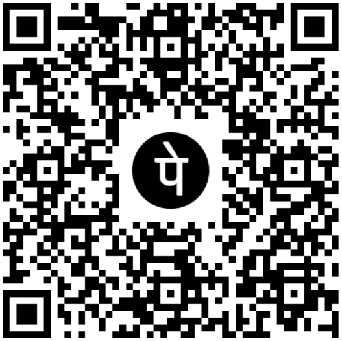Read more
Data Storytelling: Turning Numbers into Narratives
“Without data, you're just another person with an opinion.” – W. Edwards Deming
But without storytelling, you’re just another dashboard that no one remembers.
It is insufficient to merely display statistics in a world full with data. The true power now resides in using that data to build a compelling story that informs, engages, and motivates action. Data storytelling is an art form that is becoming essential for professionals in all fields.
What is Data Storytelling?
Data storytelling is the practice of blending data, visuals, and narrative to communicate insights in a way that is clear, compelling, and memorable. It’s not just charts and dashboards — it’s about finding the why behind the data and guiding your audience to understand the story it’s telling.
A good data story combines:
-
Data (facts and evidence)
-
Narrative (the context and meaning)
-
Visuals (charts, graphs, infographics)
Think of it like this: Data is the foundation, narrative is the structure, and visuals are the paint that brings it to life.
🚀 Why is Data Storytelling Important?
Numbers on their own can be overwhelming or even meaningless to decision-makers. But when you transform those numbers into a story, you help people:
-
Understand complex information
-
Identify trends and opportunities
-
Make informed decisions
-
Feel emotionally connected to the insight
Whether you’re a marketer showing campaign performance or an analyst presenting quarterly trends — storytelling is what makes your data stick.
📝 How to Tell a Good Data Story
Telling a data story isn’t about adding fluff — it’s about adding clarity and context. Here’s how:
1. Know Your Audience
Ask: Who are you talking to? What do they care about? What’s their level of data literacy?
2. Start With the “Why”
What is the purpose of your story? Are you explaining a trend, identifying a problem, or recommending a solution?
3. Choose the Right Data
Focus only on the most relevant metrics. Avoid overwhelming your audience with too much information.
4. Build a Clear Narrative
Structure your story like a journey:
-
Beginning: Set the stage (context)
-
Middle: Reveal key insights (conflict/challenge)
-
End: Conclude with recommendations (resolution)
5. Visualize Strategically
Pick charts that best support your insights. Use colors and labels to guide the viewer’s eye and emphasize what matters.
💡 Tips for Effective Data Storytelling
✔️ Simplify without dumbing down — Make complex data accessible
✔️ Be honest and transparent — Never twist the numbers to fit your narrative
✔️ Use analogies and relatable examples — Help your audience connect the dots
✔️ Highlight key takeaways — Don’t let insights get buried in the details
✔️ Practice storytelling skills — The more you do it, the more natural it becomes
🧠 Final Thoughts
In today’s data-driven world, storytelling is what separates good analysts from great communicators. Whether you're presenting to a client, a boss, or a classroom — remember: Numbers don’t speak for themselves — you do.
Want to master data storytelling and other must-have analytics skills?
Job Interview Questions
- Top 100 Frequently Asked Data Science Jobs Interview
- Data Sciences Job Interview Must Know Questions
- Python Job Interview Questions and Answers
- Data Sciences Job Interview Questions and Answers
- Machine Learning Job Interview Questions
- Big Data Jobs Interview
- Tough Open-Ended Job Interview Questions
- What to Wear for Best Job Interview Attire
- Job Interview Question- What are You Passionate About?
- How to Prepare for a Job Promotion Interview
Ready to Get Started?
Explore Omni Academy’s specialized Data Science courses and certifications to fast-track your career in 2025!
Related Courses:
Big Data + Data Sciences Training with Machine Learning
Specialist Diploma in Big Data Analytics




0 Reviews